The bigger, brighter, four-day fair celebrates both art legends and young talent
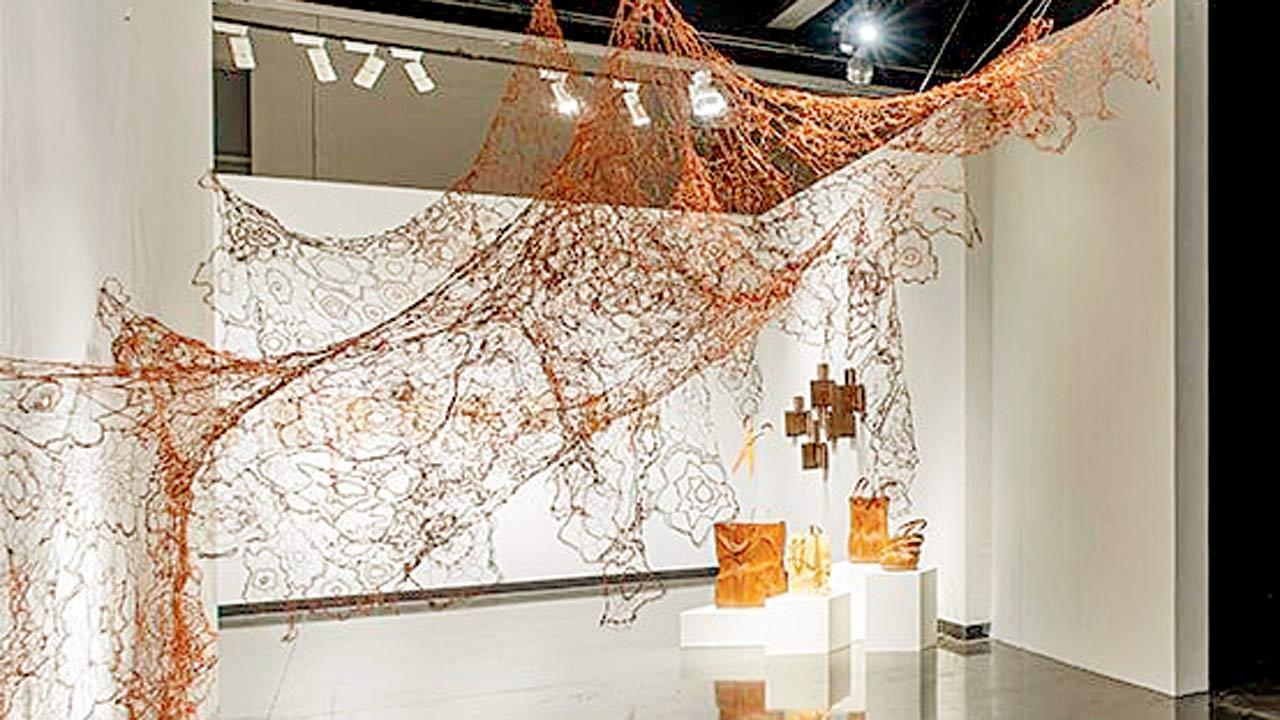
File pic
Last year, the city played host to its inaugural art fair—ART MUMBAI—with an immersive celebration planned across four days, which packed in art showcases by galleries across the country and the globe alongside live performances, fashion shows, and even culinary experiences. “The galleries saw brisk business on day one, with some being sold out by 2 pm! We're proud of how well the galleries performed, and also how the city embraced the event,” beams Dinesh Vazirani, co-founder of ART MUMBAI. This week, in its second edition, the fair will play host to a larger group of international and Indian galleries, across a larger space of 2,00,000 square feet at Mahalaxmi Racecourse. “That’s about two-and-a-half times bigger than last year! We have 20 more galleries, added a central courtyard as a meeting point for discussions and a 200-seat auditorium. And, this year, the fair also includes a section called RISE, dedicated to galleries less than four years old promoting young artists.”
ADVERTISEMENT
A platform to project Mumbai as a showcase for India’s cultural diversity, Vazirani and his team created ART MUMBAI as a melting pot to bring together diversities across multiple forms of art. However, in 2025, Mumbai is set to host another significant art event: the inaugural edition of India Art Fair Contemporary. Scheduled around the same time as ART MUMBAI, many are left to question their potential impact on each other and the broader art community. “Creating a distinct identity for ART MUMBAI that differentiates us from other fairs is something we continue to focus on. Our focus is on making the next edition of ART MUMBAI bigger, brighter and better; and delivering a distinctive, immersive experience for our audience,” remarks Vazirani.
Along with Mumbai-based art critic and curator Girish Shahane, Vazirani has also curated a tribute to celebrate the centenary birth year of Indian masters F. N. Souza and V. S. Gaitonde. “We are bringing together key aspects of Souza and Gaitonde's lives to commemorate 100 years of their legacy. The collection includes gouaches by Souza, and paper compositions and black-and-white pieces by Gaitonde. “The Souza section highlights gouaches he created in 1965 in collaboration with the miniaturist Mohan Sharma, presented for the first time in such a large grouping. And the Gaitonde section includes a mix of early compositions and drawings made after 1984—the year of an accident that left him unable to create large paintings. Yet, undeterred, his spirit and intent kept him focussed on producing art in these formats that were physically manageable,” points out Vazirani.
There’s something for everyone at the fair, and here’s a handy guide to catch the most promising booths and programming highlights:
1. Masterpieces from the Madras School of Art
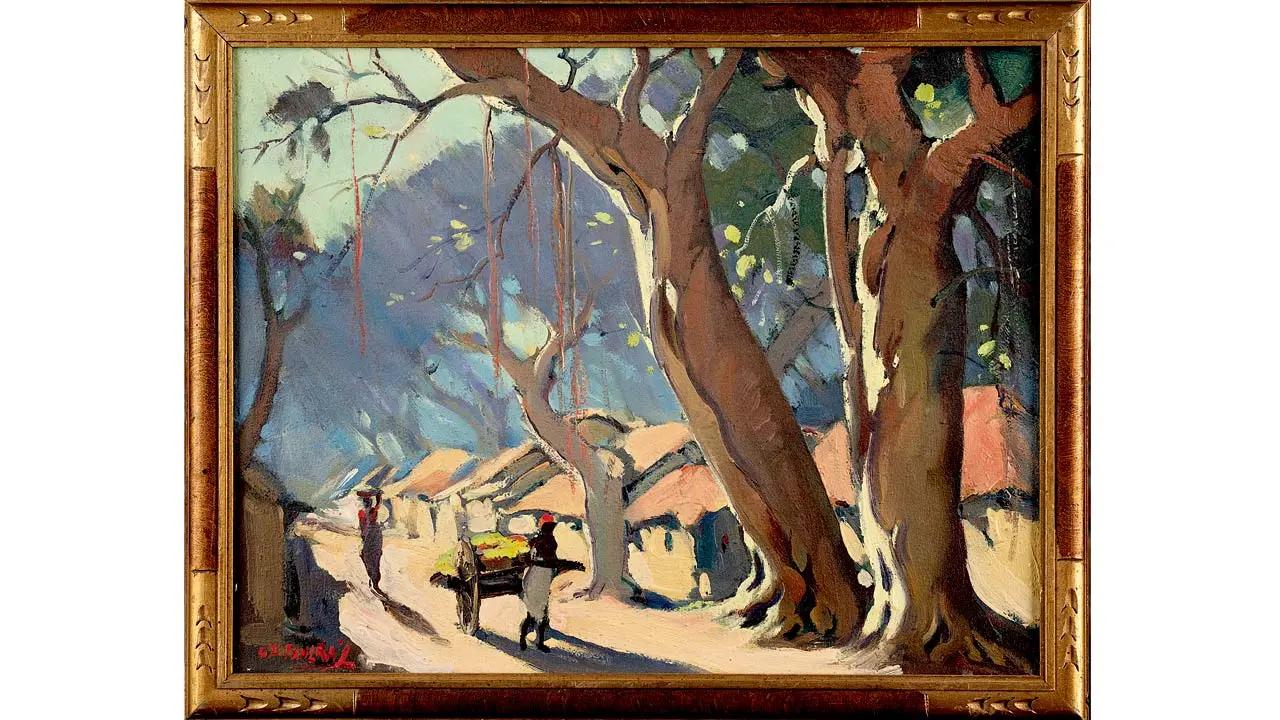
Ashvita’s, Chennai
The Madras Art Movement emerged in the early 1960s as a search for authenticity in modernism derived largely from South India’s cultural heritage. It put forth an empirical and perceptual approach to art making, and axed the colonial pedantry of human form study based on classical statuary. Featuring works by artists such as P. Perumal, Achuthan Kudallur and AP Santhanraj, this exhibit highlights some of the artists that shaped this movement with their rich individual artistic vocabularies.
2. The Triumph of Kachchh
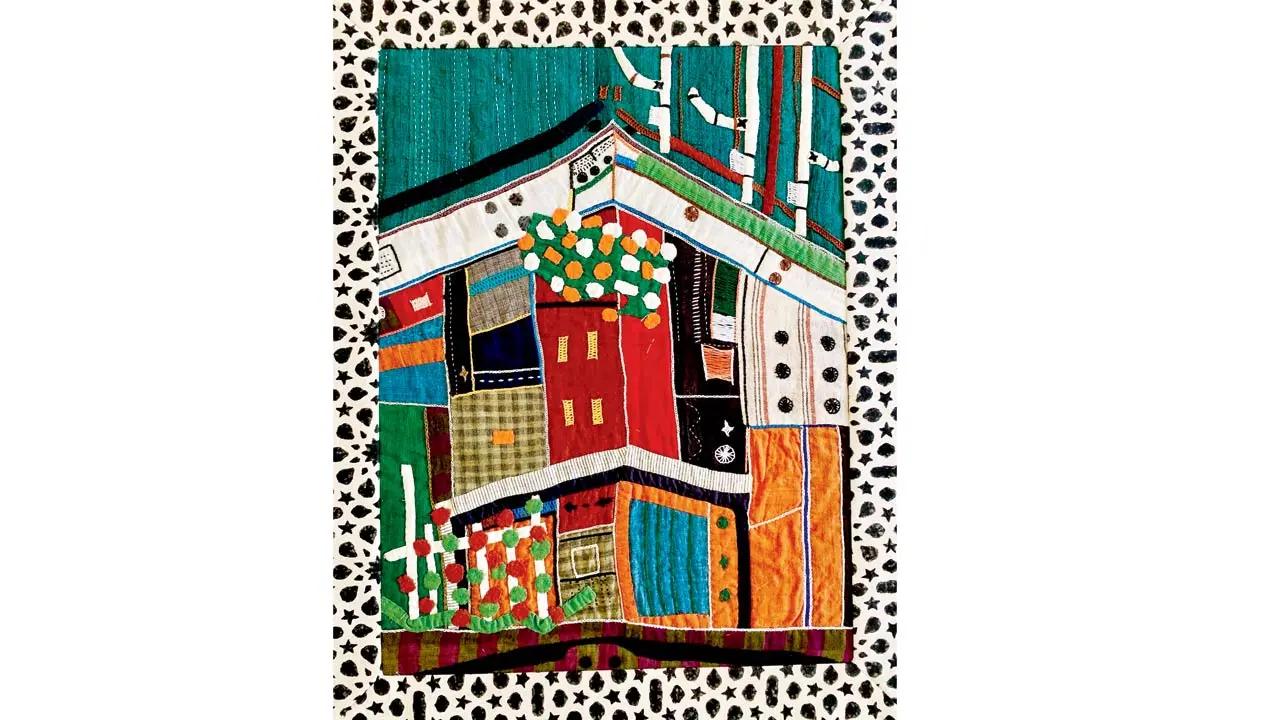
47-A, Mumbai
“As a border state, Kachchh (Kutch) has always been a gateway for culture and craft through folk who came by land and sea from Africa, the Middle East and the Swat Valley. Today, the region is ripe with crafts and textiles, which have evolved over time. To truly honour what the local artisans do, it is essential to also help them transform and change in order to keep their skills alive—to make them relevant and truly in demand,” explains Srila Chatterjee, founder of 47-A, of a continuation of remarkable show comprising unique crafts that have been elevated to high art, where each piece echoes a quiet story of generations of traditional learning paired with artistic curiosity. “The previous show was the catalyst we all hoped for: each person went home and created two workshops: one where all the work gets done for guaranteed earnings; and the other a studio, where the artisan becomes the artist…”
3. Emerging Voices in Contemporary Art
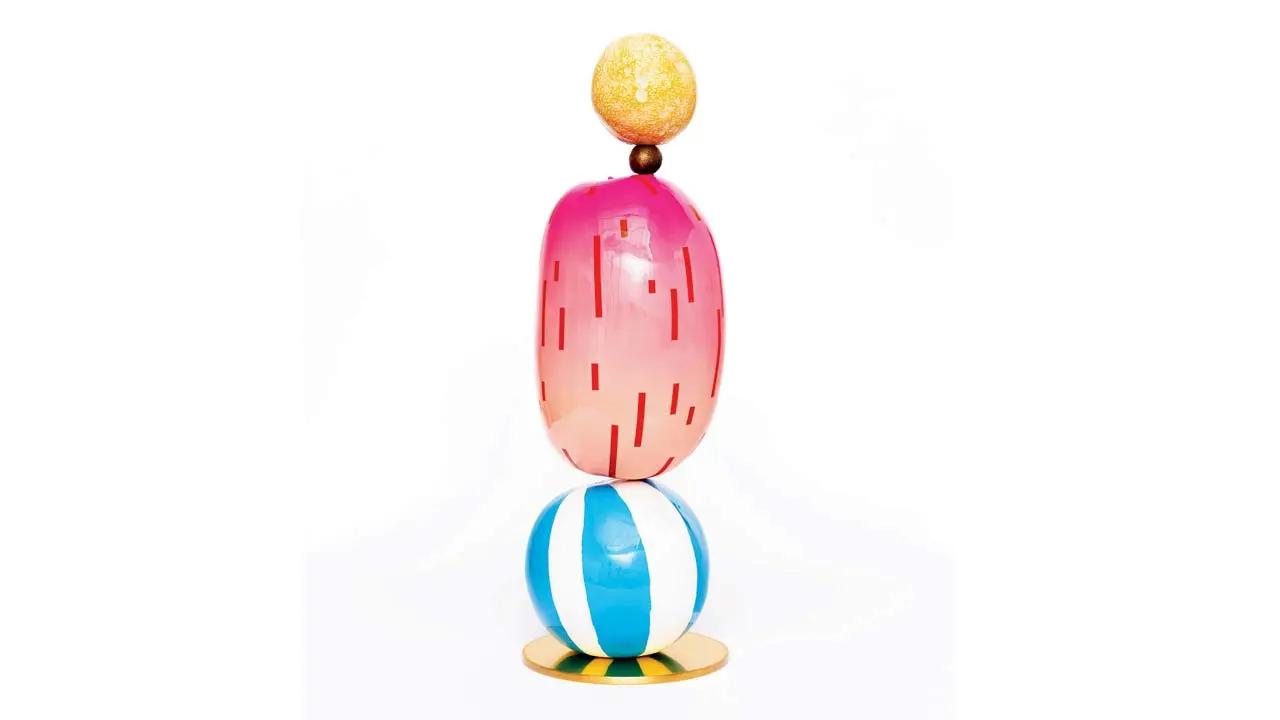
Akara Contemporary, Mumbai
In a contemporary show with a select few modern works, Akara’s contemporary booth comprises three young artists who will be showcasing their work in the city for the first time. While Sri Lankan London-based artist Arjuna Gunarathne’s neon-hued canvases echo a nuanced exploration of community dynamics and the experience of loneliness; in contrast, Mumbai-based visual artist Saanthia Bulchandani’s pen-and-ink drawings explore themes of domesticity and solitude; and Vadodara-based Yogesh Rai’s graphite-on-paper symbolism, visual metaphor and direct representation expresses thoughts often considered taboo by societal norms.
4. Icons of 20th-century art debut in Mumbai
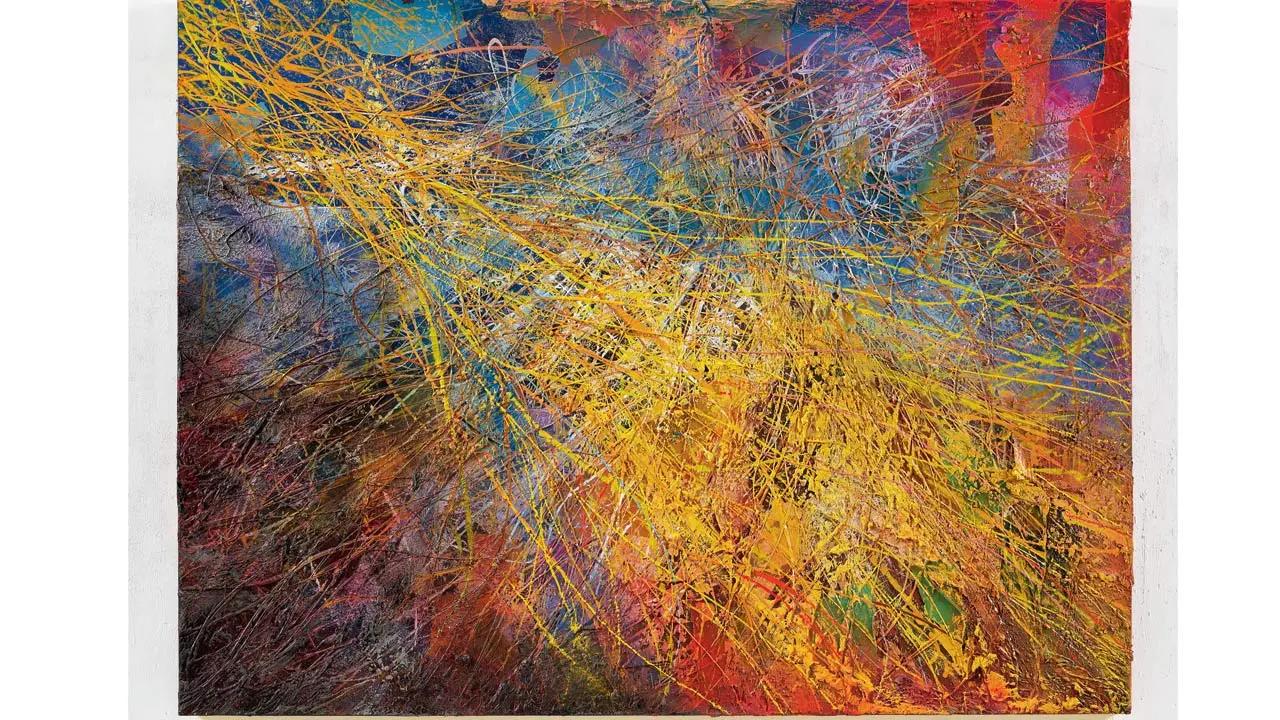
Ben Brown Fine Arts, London
“This is our first-ever presentation in Mumbai, and we are excited to bring some of the most iconic names in 20th-century art history. Many of the artists we are showcasing have either never been exhibited in India before or have only recently entered India’s art market and its collectors’ circles,” shares Hugo Cobb, head of sales and senior director at Ben Brown Fine Arts, London. Showcasing works by Pablo Picasso, François-Xavier and Claude Lalanne, Andy Warhol, Robert Indiana, the exhibit brings together a variety of mediums from these master artists at different stages of their careers. “[This selection highlights] various movements in art history, including pieces such as Indiana’s LOVE motif, one of the most recognisable icons of the Pop Art movement, alongside Warhol’s vibrant portraits and a spin painting by Hirst.”
François-Xavier and Claude Lalanne—who have an established following in India, their creations finding their way in the swishest homes in the country—draw inspiration from surrealism and antique sculpture, often depicting animals rooted in mythology and religion. “François-Xavier was particularly fascinated by the rich iconography and Hindu culture he encountered while travelling through India with Claude, which we believe will resonate with the Indian audience.”
5. Himalayan heritage reimagined in contemporary art
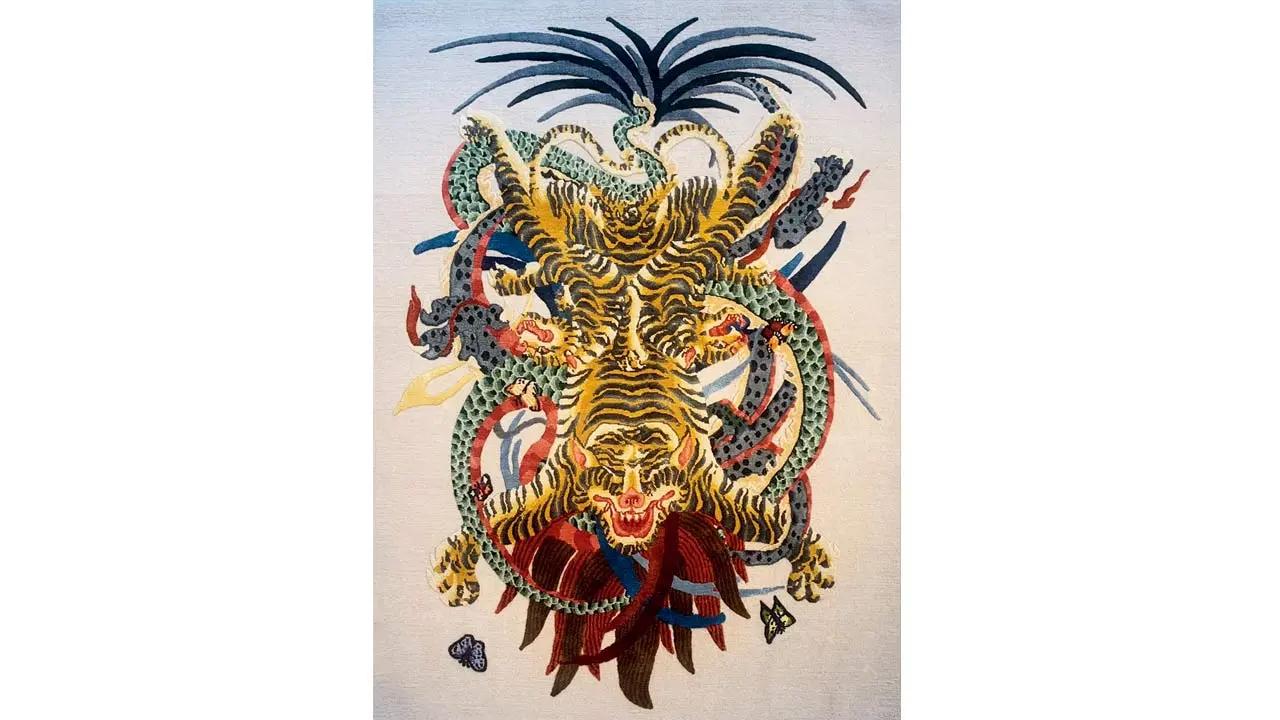
Rossi & Rossi, Hong Kong
In his debut in the city, Nepalese artist Tsherin Sherpa brings a powerful showcase that bridges his traditional Himalayan Buddhist training with contemporary visual language. Born and raised in Kathmandu, Sherpa began learning thangka painting from his father at a young age, a foundation he later expanded in California, where he began reimagining and transforming traditional Himalayan motifs. His ‘Spirit’ series, inspired by Himalayan myths and folklore, reflects a blend of past heritage and modern identity, capturing the collective psyche of the Himalayan diaspora in vivid, contemporary portraits. The ‘Protector’ series, meanwhile, draws from Buddhist protector iconography. Here, Sherpa abstracts and reinterprets traditional forms, exploring new meanings within these age-old symbols. His work challenges fixed interpretations, balancing binaries—sacred and secular, traditional and modern—while inviting viewers to project their own interpretations onto his fluid, evolving forms.
6. A journey through identity and spirituality
1x1 Art Gallery, Dubai
Showcasing an evocative collection of works, Dubai-based 1x1 Art Gallery’s presentation features six acclaimed artists—Chittrovanu Mazumdar, Himmat Shah, Rajnish Kaur, Sohan Qadri, Zarina and Theo Pinto—each exploring themes of spirituality, identity and the human experience. Mazumdar’s installations blur boundaries between sacred and everyday, merging light and industrial materials. Shah’s bronze and terracotta sculptures invite contemplation of the elemental, while Kaur’s vibrant abstractions weave cultural narratives, capturing life’s interconnectedness. Qadri’s meditative pieces, inspired by Tantra and Buddhism, transform handmade paper into rhythmic patterns of spiritual depth. Zarina’s minimalist prints evoke themes of home and belonging, and Pinto’s luminous paintings reflect the mystical dance of light and sky. Together, these works offer a profound journey through art as a medium of introspection and connection.
7. Exploring Mumbai’s soul
TARQ, Mumbai
A showcase offering a vibrant exploration of Mumbai’s multifaceted narratives through the works of eight diverse artists. Rooted in personal memories and the city’s social, historical and political landscapes, the show captures the pulse of Mumbai from various angles. Saju Kunhan’s 'Reclamation Land' critiques the transformation of the city’s landscape, reflecting on the cost of urban expansion on natural ecosystems. In contrast, Parag Tandel and Areez Katki delve into intimate and material histories, with Tandel merging Koli and Dhokra cultural elements, and Katki drawing from his Parsi heritage, infusing textiles with abstracted memories. Pratap Morey and Vishwa Shroff examine the rapid pace of urban development and its effects, with Morey’s intricate maps reflecting chaotic change and Shroff’s Bombay Portraits using windows as symbols of urban identity. Through surrealist-inspired photography, Philippe Calia captures fleeting moments that juxtapose Mumbai’s eccentricities, while Ronny Sen’s ‘Blackfall Bandstand’ series reveals a voyeuristic look at the city’s hidden moments. Finally, Sameer Kulavoor’s ‘Celebration Gates’ pays homage to Indian ceremonial structures, linking them to Mumbai’s ever-evolving urban landscape. Together, these works form a profound dialogue on identity, nostalgia, and the fluid relationship between the city and its inhabitants.
8. Four generations of South Asian art
Vadehra Art Gallery, New Delhi
With a curated showcase that spans four generations of South Asian artists, this exhibition captures the breadth of cultural expression and contemporary re-interpretations of heritage. Showcasing themes from urban landscapes and grassroots aesthetics to mythological narratives and existential reflections, the show highlights include Atul Dodiya’s motorised painted shutter revealing an oil painting, Gauri Gill’s evocative photographs from her ‘Acts of Appearance’ series, and Sudhir Patwardhan’s urban-themed canvases. This diverse presentation offers a deep exploration of identity, tradition, and the shifting dynamics of the Indian subcontinent through a variety of mediums and artistic philosophies.
9. Bengal’s voices in contemporary Indian art
Emami Art, Kolkata
Featuring a mix of emerging and established Indian contemporary artists primarily from Bengal, this show highlights works by artists like Ujjal Dey, Tapas Biswas and Soma Das, who delve into timely themes such as environmental concerns, social history and gender issues—reflecting the artists’ strong engagement with these critical topics. The exhibition also includes pieces by masters Kartick Chandra Pyne and Lalit Mohan Sen, adding historical depth with Pyne’s lively paintings and Sen’s rare photographs. The diverse display spans multiple mediums—from ceramics to archival photography—inviting viewers to explore a rich spectrum of contemporary Indian art.
10. Artistic dialogues across borders
Galleria Continua, San Gimignano, Beijing, Les Moulins, Habana, Roma, São Paulo and Paris
Marking its debut this year, multinational Galleria Continua presents an impressive lineup of internationally acclaimed artists, continuing its legacy of cross-cultural dialogue and collaboration within India. With previous partnerships with artists like Subodh Gupta, Shilpa Gupta and Nikhil Chopra, the gallery strengthens its ties to the country's vibrant art scene with Anish Kapoor’s 'Brandy Wine and Green'. An iconic concave disc rendered in a rich purple shade, this showcase demonstrates Kapoor’s pioneering exploration of form and colour, offering Indian audiences a rare glimpse of Kapoor’s profound impact on contemporary art.
11. Indo-Japanese cross-border creativity
Galerie Geek Art, Tokyo and New Delhi
Galerie Geek Art is an Indo-Japanese gallery dedicated to showcasing contemporary Asian art that challenges creative boundaries and celebrates diverse socio-cultural perspectives. As a vibrant platform for craftsmanship, cultural exchange and dialogue, the gallery supports artists across various mediums, creating a space where traditional and modern approaches merge seamlessly. As part of Geek Pictures Inc., a leading media and entertainment company with a presence across Asia, Galerie Geek Art will be showcasing works by seven young Japanese artists to highlight cross-border creativity and the universal language of art.
12. Two centuries of iconic Indian art
DAG, New Delhi and Mumbai
The fourth edition of the museum-like gallery's acclaimed ‘Iconic Masterpieces of Indian Modern Art' series exhibits 40 works by Indian and international artists (across two centuries) who have captured the country’s cultural evolution. Highlights include paintings by Western artists like Henry Singleton—who depicts the British assault on Seringapatam and the killing of its ruler, Tipu Sultan—and modern Indian icons such as M.V. Dhurandhar, M.A.R. Chughtai and Rameshwar Broota. From Kalighat pats to Bengal and Bombay School works, and pieces by the Progressives, this collection celebrates rich legacies and diverse narratives within Indian art history. A 436-page volume also accompanies the exhibition with essays by scholars, art-historians and collectors.
THE SCULPTURE WALK
One of the central attractions at the fair is the Sculpture Walk featuring 20 curated sculptures. The sculptures were selected from applications received by the fair’s participating galleries, offering them the opportunity to present their work in an outdoor space at the racecourse. Highlights of the walk include a ‘Devi’ head by Ravinder Reddy, Parag Tandel’s ‘Vitamin Sea, Coastal Road Project 3’ and British visual artist Julian Opie’s directional ‘Walking Figures’. Alongside this is Lebanese artist Mouna Rebeiz’s sculptures that transform everyday objects into profound symbols of human experience and serve as contemporary markers reflecting the complexities of our world.
WHAT: ART MUMBAI, 2024
WHERE: Mahalaxmi Racecourse
WHEN: November 14 to 17, from 11 am to 7 pm
TICKETS: Insider.in
 Subscribe today by clicking the link and stay updated with the latest news!" Click here!
Subscribe today by clicking the link and stay updated with the latest news!" Click here!








